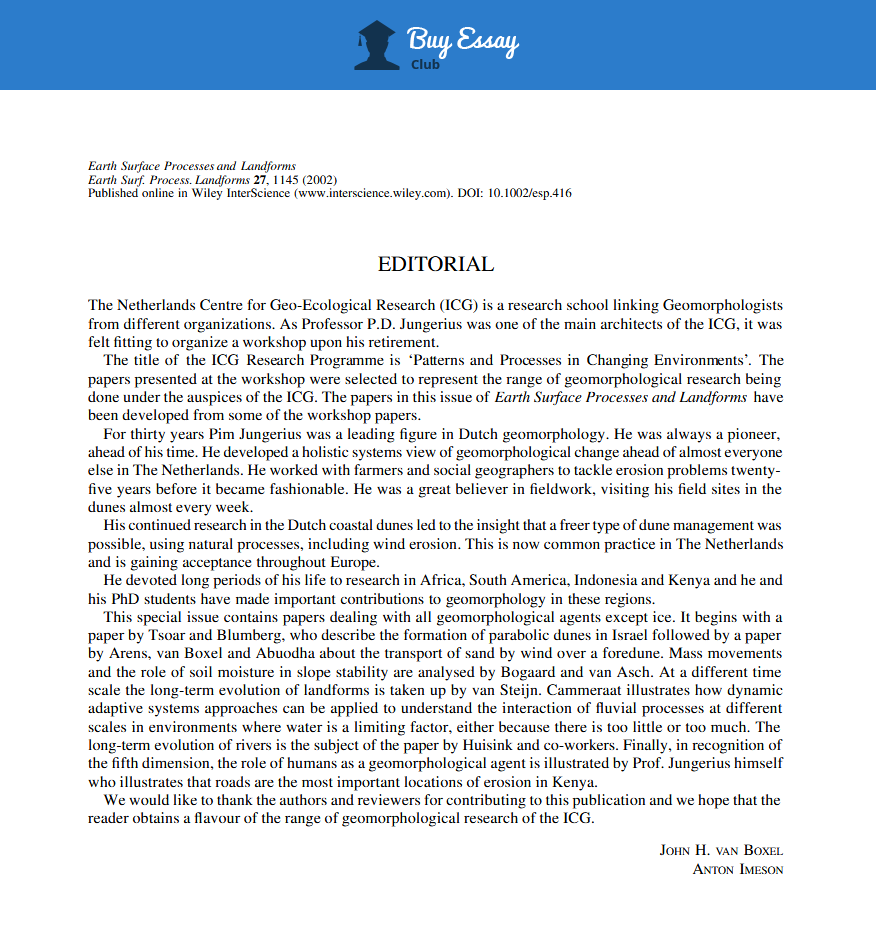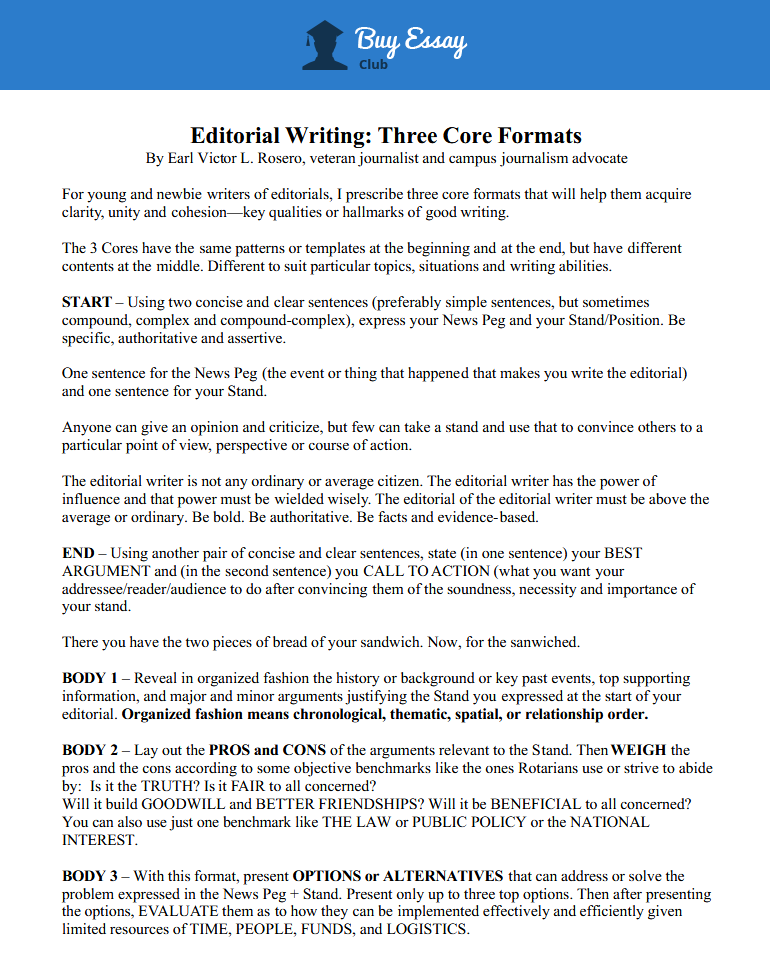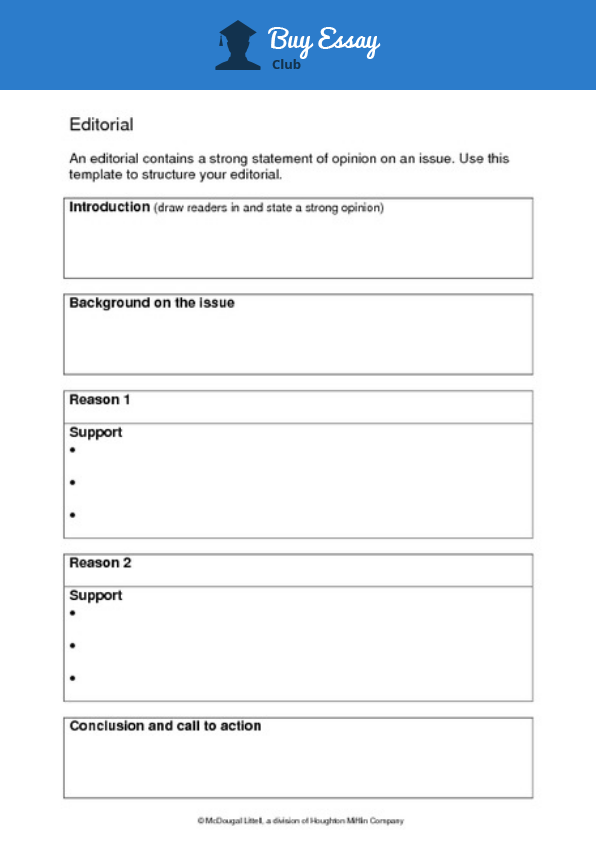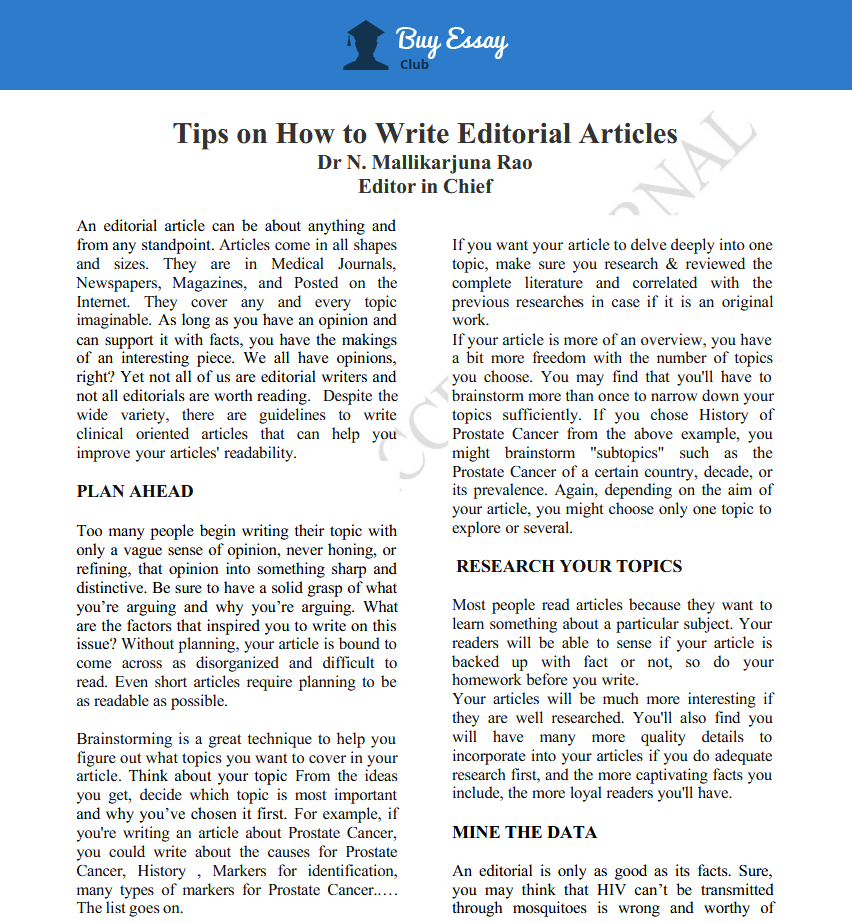How To Write An Editorial: 5 Simple Steps
The journalistic job is full of different challenges, but writing an editorial is certainly among the most difficult ones. At the same time, this task can be incredibly rewarding if your editorial resonates with the readers and they express their agreement with your points.
One of the biggest differences between an editorial and a news piece is that when writing the news, your job is to be absolutely objective and factual while writing an editorial means sharing your own opinion with the world. Of course, it doesn’t mean that you should simply rant about a topic you’re particularly passionate about – the editorial must offer a solid and fair point of view. There are many rules to follow if you want to give off the right impression with your editorial: there is no place for anger or unsubstantiated claims. Here are 5 steps that will help you to produce a quality editorial on any topic.
How To Write An Editorial. Step 1: Choose The Right Topic
The importance of a good research topic for a solid editorial cannot be overrated. Your editorial topic needs to be newsworthy, but, even more importantly, it needs to be relevant to the interests of your audience. It means that the idea behind the editorial can be connected to some recent event and you need to pay even more attention to why the piece needs to be seen by the public.
Put yourself in the position of your typical reader and you’ll get a better perspective on the idea you want to elaborate on. If it’s a factor a piece of statistics, make sure your audience really needs to see that. One of the biggest pleasures of writing editorial overwriting news is that you’re absolutely free to choose any topic you like, even if it’s not particularly noteworthy, as long as your audience can relate to it.
How To Write An Editorial. Step 2: Do Your Research
There is a popular saying that every story has three sides: the first side is the story told from the perspective of your friend, the second side is the story told from the perspective of your enemy, and the third part of the story is the truth. News journalists must stick to the true side of the story, but as an editorial writer, you can have your point of view somewhere in between the three. However, the truth still needs to be prevalent, and that can only be achieved through vigorous, long research.
How to Write an Editorial. Step 3: Formulate Your Opinion
Once you have enough information on the topic you selected, the next logical step is to finally have an opinion on the matter. The key to developing an opinion that will resonate with the public is to offer good reasoning for your point of view. You can’t just say you don’t like something simply because you feel like it – every opinion needs to be supported by sound reasoning. You know why you believe your side is the right side, and now you need to persuade the audience it really is the right side.
How To Write An Editorial. Step 4: Create The Outline
An outline is usually used in large written pieces, but even a moderate-sized editorial can benefit from a well-constructed outline. The outline won’t even be featured in the final draft of the editorial, but it will help you stay on point and focused while writing. Paragraph by paragraph, plan what you’re going to write about. Decide when is the right time to introduce some statistics, an interesting fact, or debunk the potential arguments of your opponents. With a proper structure and a correct outline, the writing of your editorial should go over smoothly.
How To Write An Editorial. Step 5: Read Your Editorial
Part of a writer’s due diligence is reading the newly written piece before submitting it to the editor or the professor in order to eliminate the possibility of mistakes. This is even more true for editorial writers. In fact, your editorial will only become better if you read it out loud. Make sure your piece doesn’t sound like a bitter rant: even if you’re extremely passionate about the topic of your editorial, keep the writing civilized and worthy a respected journalist.

 Calculate
Calculate 



